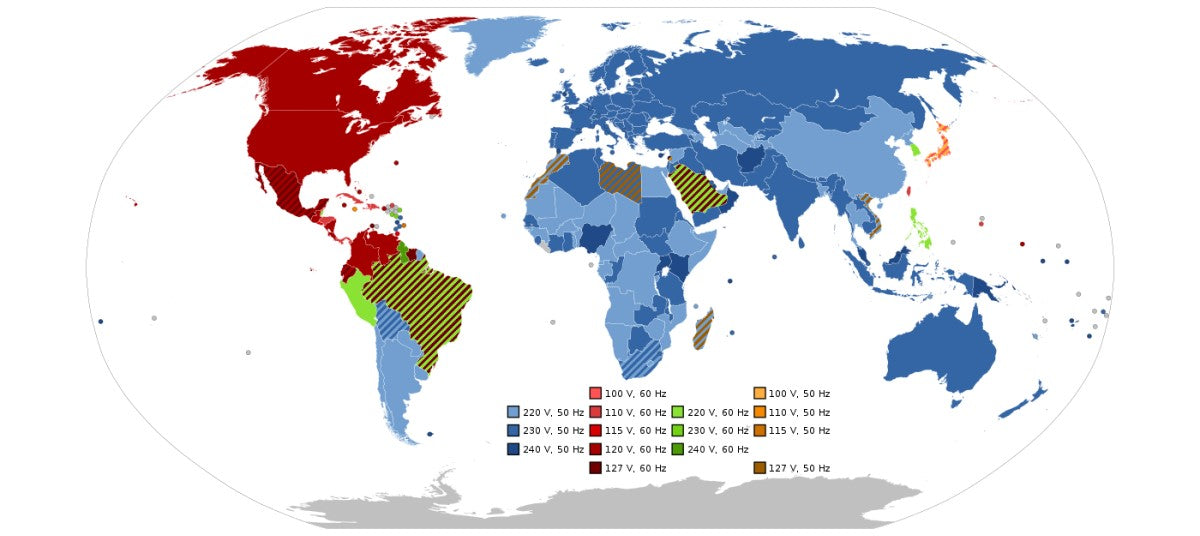What is the differences between 50 and 60Hz in Power Stations
Residents in different countries have different voltage needs, for example, the United States is 110V, and France, Germany, Italy and other countries in the European Union, the voltage range is generally 230V. If you notice carefully, each of these voltage numbers will be marked next to either 50Hz or 60Hz. So what does this mean? What's the difference?

What is Hz?
Hertz is a metric measurement of counting frequency in the SI system. It represents the number of times that the current periodically changes direction in one second. For example, 60Hz means that there are 60 cycles of current in one second, and the direction changes 120 times. What to do with electricity? You can check out if you have power station that with a inverter. When the electricity waveform goes cycle and it has direction changes, which means it is alternative current (AC). If not, 0Hz of electricity is direct current (DC).
Why 50/60Hz, and why not 5 or 5,000?
If the frequency is too low, There will be two issues: one is the transformer efficiency. The transformer is dependent on the magnetic field change of the original side, induced to the secondary side boost or step-down. The slower the magnetic field changes, the weaker the induction. In general, the reactance of 50Hz transmission line is about 0.4 ohms, which is about 10 times the resistance. If the reactance is increased to 5000Hz, the reactance will be 40 ohms, which is about 100 times the resistance. If the frequency is too high, there will be two problems, one is the loss of line and equipment increase, the second is the generator speed is too fast. For high voltage transmission lines, reducing reactance is the key to increase transmission power. If the frequency is high, the leakage current of the line will also increase. To summarize, the reasons why the frequency should not be too low: transformers can be more efficient, and motors can be small and powerful. The reason why the frequency should not be too high: the line and equipment can be low loss, and the generator speed need not be too high. So by experience and habit, we're set at 50 or 60Hz. In general, there is not too great different between 50 and 60 Hz. The difference is from its country regulations. If you still be picky to the difference of the power stations that its frequency is between 50 and 60Hz, then you can try Energizer portable power stations. According to the technical support from Energizer Portable Power Station Online Store, says that Energizer 300 watt solar generator will be your first power station. With a pure sine wave inverter, and the software allows you to switch the frequency for 50/ 60 Hz. By pushing the power button and AC button at the same time, then you can see F50/ F60 codes.





